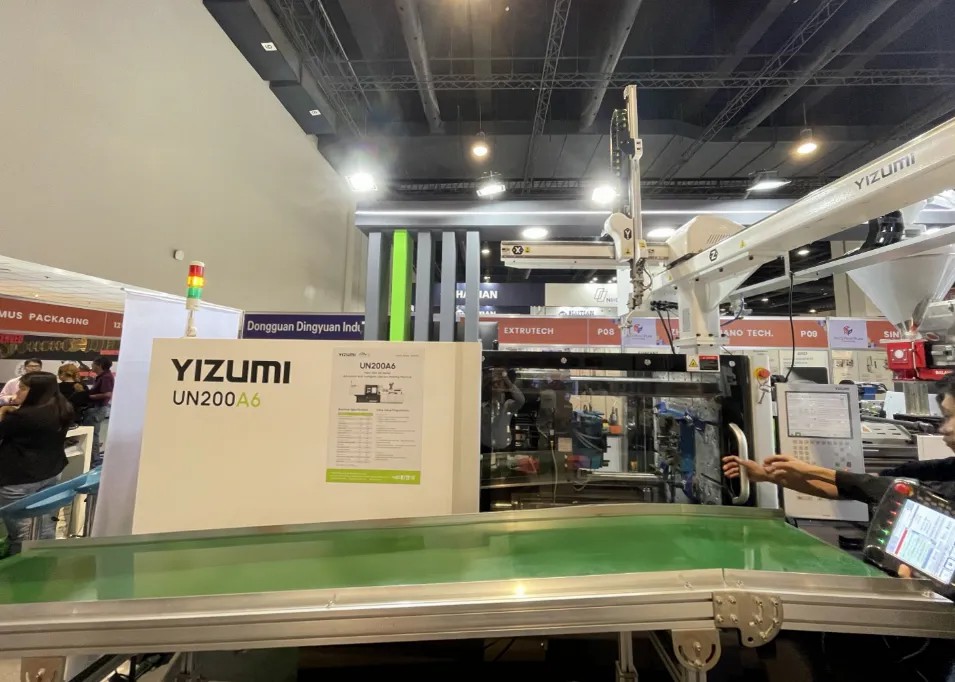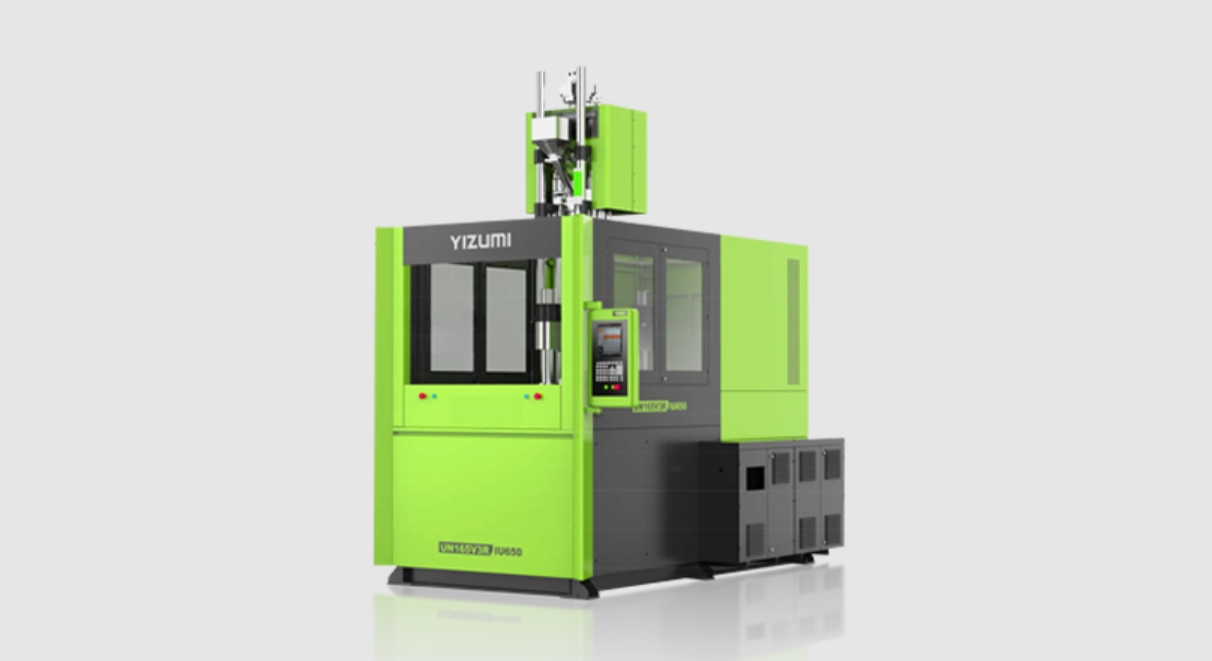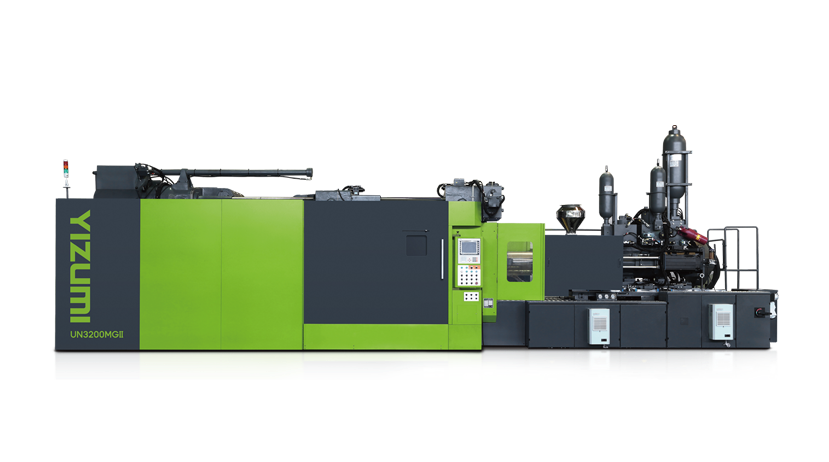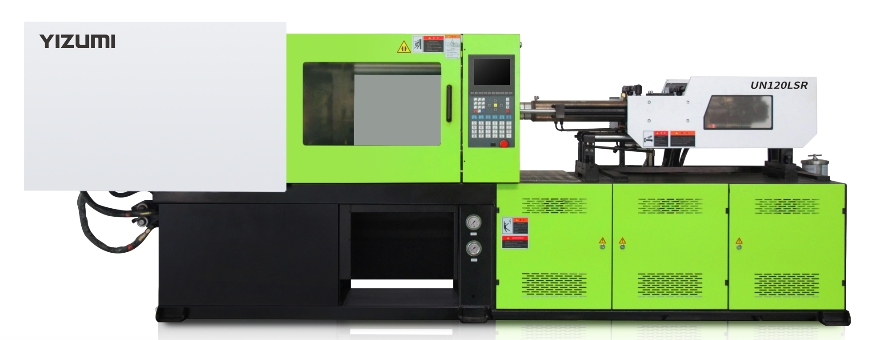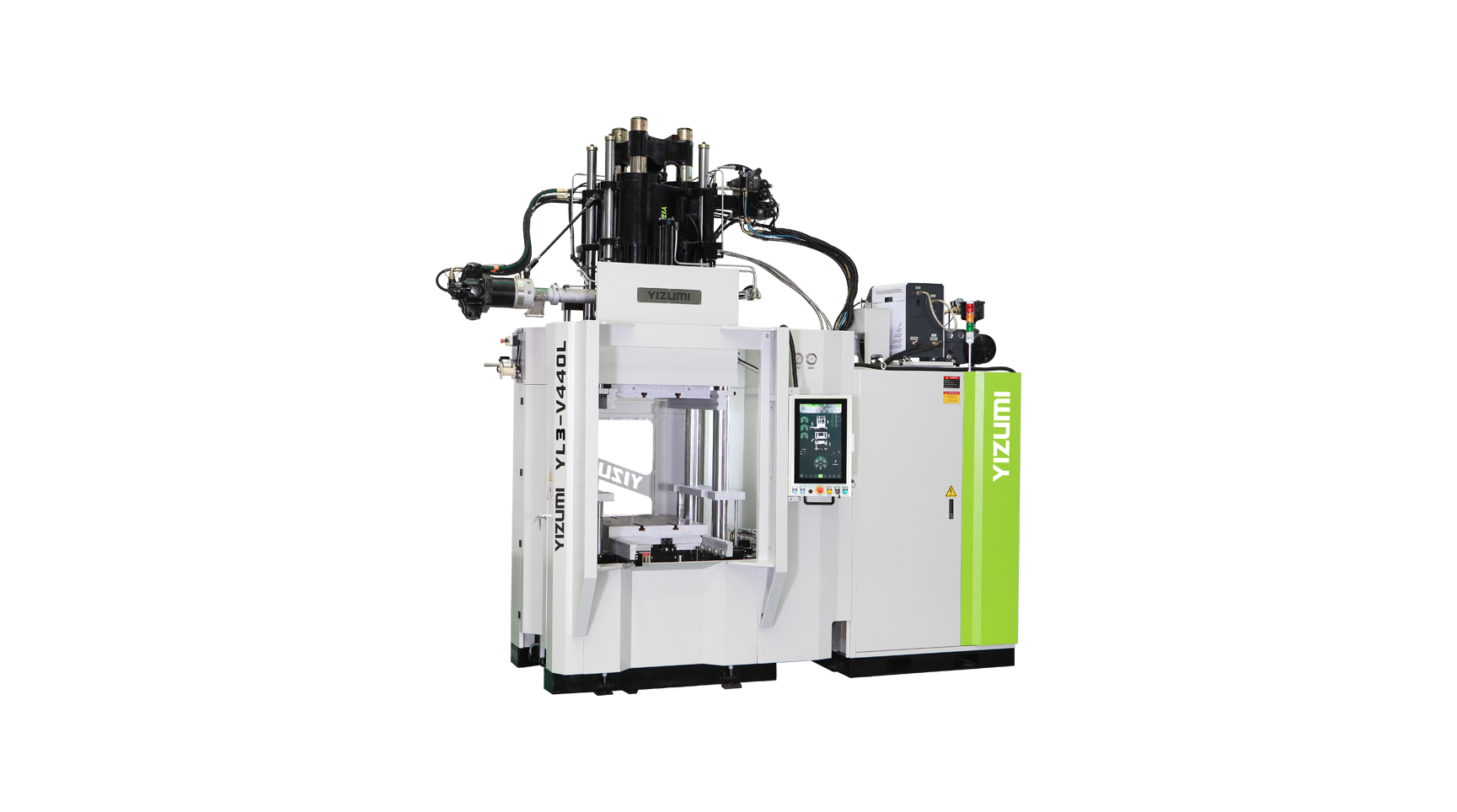Rubber Injection Molding Machines vs. Traditional Molding: Key Differences
Abstract:
Rubber injection molding machines outperform traditional molding methods in productivity, consistency, and material efficiency. They are particularly valuable for industries producing high-precision, complex rubber components at scale. By selecting the appropriate machine type—hydraulic, electric, or hybrid—manufacturers can achieve faster cycle times, lower scrap rates, and higher-quality products, giving them a competitive edge in the market.
When producing high-quality rubber parts, selecting the right molding method is essential for efficiency, precision, and scalability. Rubber injection molding machines have become a preferred solution for industries demanding consistent production and superior product performance. Compared to traditional molding techniques, these machines provide several operational and quality advantages that can significantly impact manufacturing outcomes.
What Are Rubber Injection Molding Machines?
Rubber injection molding machines are specialized equipment designed to process elastomeric materials into precise shapes under high pressure. Unlike conventional compression or transfer molding methods, rubber injection molding allows preheated rubber compounds to be injected directly into a mold cavity. This results in faster cycle times, more uniform material distribution, and higher dimensional accuracy.
Key Components of Rubber Injection Molding Machines:
Injection Unit – Heats and injects the rubber material with precise pressure and speed control.
Clamping Unit – Holds the mold firmly during injection and curing to ensure dimensional accuracy.
Hydraulic/Electric Drive System – Powers both injection and clamping processes, offering efficiency and consistent performance.
Control System – Enables precise monitoring of temperature, pressure, and timing to optimize production.
YIZUMI rubber injection molding machines combine robust mechanical design with advanced control systems, allowing manufacturers to produce complex rubber components with high repeatability.
YIZUMI Rubber Injection Molding Solutions – Asian Series
Traditional Rubber Molding: Overview
Traditional rubber molding typically refers to compression molding and transfer molding:
Compression Molding: Raw rubber is placed into an open mold cavity, then closed and heated under pressure. The material flows to fill the mold, and the part is cured.
Transfer Molding: Rubber is preheated in a chamber and then forced into the mold via a plunger, allowing better control of material flow compared to compression molding.
While both methods are widely used, they present challenges such as longer cycle times, inconsistent material distribution, and higher scrap rates for complex geometries.
Rubber Injection Molding Machines vs. Traditional Molding
| Feature | Rubber Injection Molding | Traditional Molding |
| Cycle Time | Shorter; often 20-40% faster | Longer due to manual loading and curing |
| Dimensional Accuracy | High; suitable for intricate parts | Moderate; material may flow unevenly |
| Automation Level | Fully automated | Often semi-automated or manual |
| Material Waste | Minimal; precise injection reduces excess | Higher; trimming often required |
| Production Scalability | Ideal for large-volume runs | Limited; labor-intensive for large production |
The injection process ensures uniform pressure and temperature distribution, reducing defects such as voids, sink marks, or warping. This makes rubber injection molding machines particularly suited for industries where consistency and precision are critical, such as automotive seals, medical components, and industrial gaskets.
Types of Rubber Injection Molding Machines
Rubber injection molding machines can be classified based on drive systems, clamping methods, and mold capacity:
1. Hydraulic Rubber Injection Molding Machines
- Rely on hydraulic systems for both injection and clamping.
- Provide high force and consistent injection pressure.
- Suitable for medium to large-sized components.
2. Electric Rubber Injection Molding Machines
- Use servo motors for precise control of injection and clamping.
- Energy-efficient and quieter than hydraulic systems.
- Ideal for smaller components and high-precision applications.
3. Hybrid Rubber Injection Molding Machines
- Combine hydraulic and electric mechanisms for optimal speed and energy efficiency.
- Offer flexibility for a wide range of production requirements.
4. Vertical vs. Horizontal Clamping Machines
- Horizontal Machines: Most common, efficient for high-volume production.
- Vertical Machines: Useful for insert molding or parts with complex assembly features.
YIZUMI Horizontal Rubber Injection Molding Machine
Advantages of Rubber Injection Molding Machines
- Higher Productivity: Injection molding machines reduce manual handling and optimize cycle times, making large-scale production faster and more cost-effective.
- Consistent Quality: Advanced control systems ensure precise pressure, temperature, and timing, producing parts with excellent repeatability and minimal defects.
- Material Efficiency: Exact material measurement reduces waste and lowers overall production costs.
- Complex Part Capability: Rubber injection molding can handle intricate geometries, thin walls, and multi-component designs that are challenging for traditional molding.
- Reduced Labor Costs: Automation allows minimal operator intervention, reducing labor dependency and improving overall efficiency.
Applications of Rubber Injection Molding Machines
Industries that benefit from rubber injection molding include:
- Automotive: Seals, gaskets, O-rings, vibration dampers.
- Medical: Flexible tubing, stoppers, seals for medical devices.
- Electronics: Keypads, protective covers, insulators.
- Industrial Equipment: Hoses, grommets, custom seals.
Rubber injection molding machines are especially advantageous for businesses seeking consistent quality in high-volume production environments.
High-pressure injection system for O-rings
Choosing the Right Machine for Your Business
When selecting a rubber injection molding machine, consider:
Production Volume: High-volume production favors fully automated injection machines.
Part Complexity: Intricate designs require precise injection and temperature control.
Material Type: Some rubbers require higher injection pressure or specific curing methods.
Budget and ROI: Electric or hybrid machines offer long-term energy savings despite higher initial costs.
After-Sales Support: Reliable technical support ensures minimal downtime and extended machine life.
YIZUMI provides a wide range of solutions tailored to different industry needs, ensuring businesses can select machines that optimize production efficiency, quality, and cost-effectiveness.
YIZUMI Smart, Efficient & Precision-Driven Rubber Injection Molding
The YL3-VL/F European series is an intelligent rubber injection molding machine designed to meet the standards of Industry 4.0. It incorporates the latest core technology, offering higher precision, reliability, and “smart” components that simplify operation, reduce maintenance, and enable easy management. Comprehensive and accurate data support allows manufacturers to optimize production processes, helping businesses achieve their goals efficiently.
YIZUMI Rubber Injection Molding Machine
Key advantages of the YIZUMI rubber injection molding machine include:
Benchmark European Standards: Designed to meet European norms with deep modular architecture at lower costs. It supports mainstream European mold installation and demolding methods and includes dozens of precision modules for flexible combinations. Advanced software allows easy programming for diversified production needs and complex molding processes.
Easy to Use: User-friendly interface and intuitive controls make operation simple. Minimal maintenance requirements and robust intelligent manufacturing data support help customers achieve their production targets effortlessly.
Energy Saving: Equipped with YIZUMI’s 3rd generation energy and temperature control system, the machine can save up to 50% energy, reducing operational costs while maintaining high performance.
This series exemplifies how modern rubber injection molding machines can combine precision, efficiency, and energy savings to deliver exceptional results across industries. In addition, YIZUMI offers a wide range of rubber injection molding equipment to meet the specific needs of different regions and industries.
Conclusion
Rubber injection molding machines outperform traditional molding methods in productivity, consistency, and material efficiency. They are particularly valuable for industries producing high-precision, complex rubber components at scale. By selecting the appropriate machine type—hydraulic, electric, or hybrid—manufacturers can achieve faster cycle times, lower scrap rates, and higher-quality products, giving them a competitive edge in the market.
For businesses looking to modernize rubber part production, YIZUMI’s rubber injection molding machines provide reliable performance, advanced control systems, and robust design, making them a strategic investment for industrial and commercial applications.

